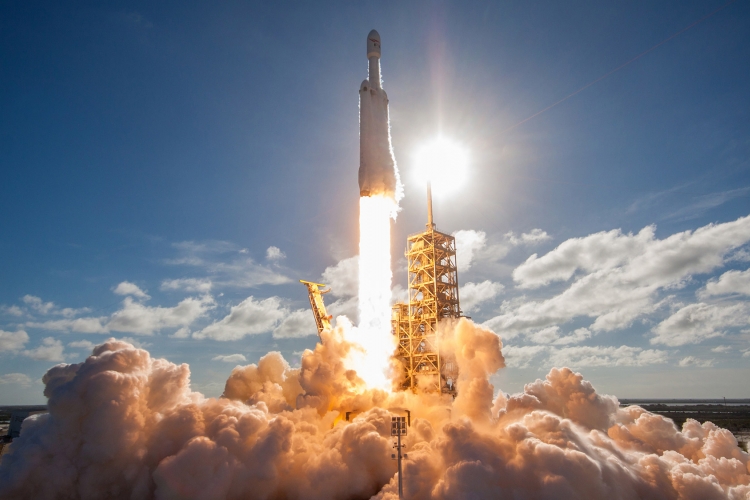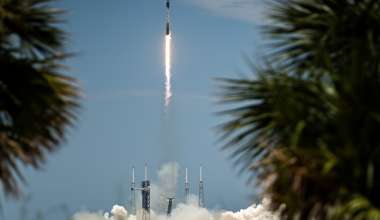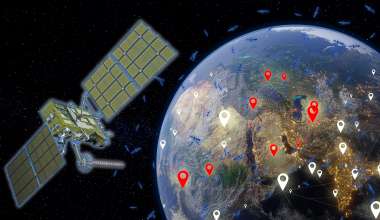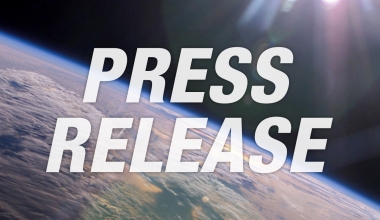It’s a little like trying to fit as many people as possible into a Nissan Leaf.
But in this case, Aerospace is overseeing the process of safely packing more than two dozen satellites into the nose cone of a giant SpaceX Falcon Heavy rocket.
The Falcon Heavy is currently the most powerful rocket in the world. It can generate about five million pounds of thrust through its cluster of three Falcon 9 rocket stages with 27 main engines -which SpaceX describes as “roughly the power of eighteen 747 aircraft.” On February 6, 2018, SpaceX staged a successful test launch of the first Falcon Heavy and sent a Tesla Roadster and mannequin named Starman into space.
In late-June, the Falcon Heavy will undertake it’s third flight -carrying 25 satellites to orbit for the U.S. military, NASA, other government agencies, schools, and research institutions. Named STP-2, the mission involves one of the most diverse group of payloads ever launched into orbit on a single launch vehicle. There are two dozen payloads of varying shapes and sizes, ranging from CubeSats (including one developed by a high school) to COSMIC-2, a six-satellite Taiwanese constellation carrying RS space weather instruments called SSAEM which Aerospace provided mission assurance and program management support. Another payload comes from NASA, which is flying its Green Propellant Infusion Mission (GPIM) to test a green alternative to conventional chemical propulsion systems.
The Falcon Heavy will deliver the STP-2 payloads into three different mission orbits before the rocket puts itself into a “disposal orbit,” a safe place in space where it isn’t likely to encounter other satellites.
The Aerospace team in Albuquerque, New Mexico, is playing a major role in the flight, making sure all the satellites fit together aboard the world’s most powerful rocket. Aerospace engineers ensure the payloads don’t negatively affect each other in this complex arrangement by using a rideshare mission assurance protocol called “Do-No-Harm” (DNH). DNH is a process that focuses on ensuring no payload on a rideshare mission will negatively affect the on-orbit functionality of any other payload. The individual payloads on STP-2 are all responsible for their own mission success, but through the DNH process, Aerospace is ensuring that everyone inside the Falcon Heavy nose cone plays nice with each other.
The New Mexico Aerospace team has divided up the set of payloads so each team member is responsible for conducting the DNH assessment for their payloads, which means ensuring that the payload team meets all the necessary requirements that relate to the safety of the launch vehicle and the other space vehicles.
During this process, the team regularly consults with Aerospace’s Engineering and Technology Group (ETG) for risk assessments and analysis. Aerospace also acts as a highly responsive intermediary between the STP-2 program office and the various satellite teams, facilitating the communication of pressing issues, and raising concerns that may otherwise be lost in the swirl of such a complex team.






